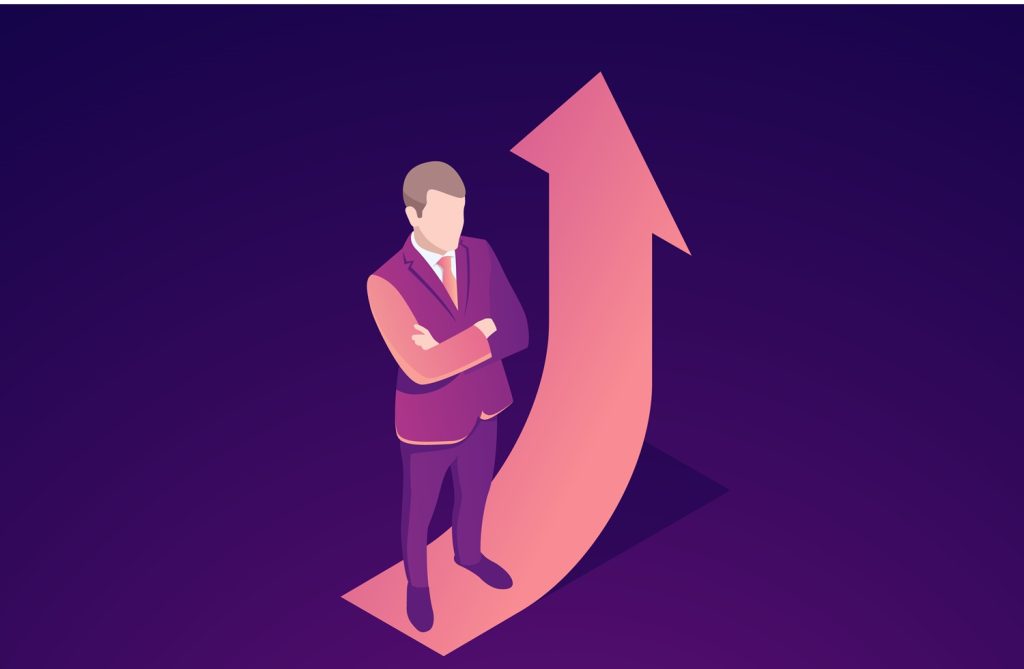
In a client-centric business growth strategy, effective meetings are indispensable. They ensure that client needs, expectations, and feedback are clearly communicated and understood. By structuring meetings to be concise, goal-oriented, and inclusive, businesses can foster stronger client relationships and trust. Effective meetings not only align internal teams with client objectives but also enable proactive problem-solving and innovation. Regular, transparent communication through well-executed meetings demonstrates commitment to client satisfaction and helps in building long-term partnerships. Ultimately, the effectiveness of these meetings is reflected in the overall growth and success of the client-centric business.
#nilakantasrinivasan-j #canopus-business-management-group #B2B-client-centric-growth

Resilience is crucial for client-centric business growth, as it fosters adaptability and persistence. In a dynamic market, resilient businesses can swiftly respond to client needs and market changes, maintaining strong client relationships. This capability to navigate uncertainties and recover from setbacks builds trust and loyalty with clients. A resilient approach ensures consistent service quality and innovation, turning potential disruptions into opportunities for growth and improvement. Ultimately, resilience is the backbone of a thriving, client-focused business strategy.
#nilakantasrinivasan-j #canopus-business-management-group #B2B-client-centric-growth

When we promise something to a client and we are still working on it, because it has taken more time than estimated, we feel that we’re so close the completely and submitting it, so let’s stretch, speed up and hand over the perfect deliverable even if it takes a little more time.
The perspective we need to gain is the possible emotions the client is going thro when it’s delayed and there’s no update from us.
Proactively letting them know there’s a small delay will in fact build more trust in Client Centricity
#nilakantasrinivasan-j #canopus-business-management-group #B2B-client-centric-growth #ClientCentricity
Background:
A leading group company involved in Engg and Enterprise Solutions for manufacturing sector to group companies & 3rd parties wants to increase sales win rates, C-sat with better targeting and skills and thus improving its client centricity
Condition:
- Projects with few group companies had frequent escalations.
- Most external projects had budget and time overrun.
- Client satisfaction scores were low. Sales Win Rates and projects awarded were of low value.
Big 4 Actions:
- Improved the Project Value and Win rates based on targeting the influencers instead of the decision makers.
- Customer Satisfaction Analytics to build a predictive model and key drivers
- Coaching of Delivery Managers and Project Managers on handling client reviews, communication and relationship management (influencing framework)
- Review of internal project management process and fix internal measures, risk assessment, resource management and client dashboards
Background:
A leading independent terminalling company wants to achieve seamless delivery during build and operate and thus improving client centricity
Condition:
- Frequent surprises due to complex stakeholder network and client dis-satisfaction
- Budget and timeline overrun on large projects
- Lack of accountability for red-flags
Big 3 Actions:
- BD process was not formally defined. BD skills were missing and there were no timelines or deliverables
- Client experience during the Build (NPD) and Operate phases were not measured. Stakeholder management was only at Sr. Leadership level
- Clear Measures of Success for Client Journey were defined
- End to End Process was established with involvement of all internal members (200+)
- RACI for all tasks with internal SLAs was established.
Background:
An ITES arm of a big software company which works with enterprises across industries wanting to improve its client relationship
Condition:
One of their large account ($1Bn) wanted to terminate their enterprise contract due to issues with ITES services. Hence main focus was to prevent the churn by short term fix and long term actions.
Big 5 Actions:
- Based on Client Interviews, employee interview and discovery, identified 4 actions to be immediately initiated (Service quality, Analysis, Client review framework, Org structure change). Facilitated the agreement of action with clients
- Identified delight opportunities to clients by performing Horizontal/Vertical synergy studies and subsequent prioritization roadmap

B2B organizations can struggle with poor account growth for a variety of reasons. Some common reasons include:
- Lack of differentiation: Many B2B organizations offer similar products or services, making it difficult for them to stand out from their competitors.
- Poor target market understanding: Without a deep understanding of their target market, B2B organizations can miss key opportunities for growth and struggle to connect with potential customers.
- Inadequate sales and marketing strategies: A poorly executed sales and marketing strategy can result in a lack of lead generation and low conversion rates, hindering account growth.
- Ineffective account management: Poor account management can lead to missed opportunities for upselling and cross-selling, resulting in slow account growth.
- Resistance to change: B2B organizations may struggle to keep pace with changes in the market or adopt new technologies, leading to a lack of innovation and growth.
- Limited resources: Smaller B2B organizations may lack the resources necessary to invest in growth-oriented initiatives, such as sales and marketing efforts.
- Inadequate customer service: Poor customer service can lead to high churn rates and a lack of customer referrals, making it difficult to drive account growth.
Overall, B2B organizations need to have a clear understanding of their target market, a strong sales and marketing strategy, effective account management practices, and a willingness to embrace change in order to drive account growth.
#nilakantasrinivasan-j #canopus-business-management-group #B2B-client-centric-growth

Leadership plays a crucial role in ensuring consistent B2B account growth. A strong and visionary leadership team can create a culture that fosters growth, innovation, and customer success. Here are some ways that leadership can drive B2B account growth:
- Establish a clear vision and strategy: Leaders need to define a clear vision and strategy for growth, including specific goals and metrics for success.
- Foster a customer-focused culture: Leaders should encourage a customer-focused culture that prioritizes customer satisfaction and drives customer loyalty, which is essential for consistent account growth.
- Invest in sales and marketing: Leaders need to ensure that the organization has the resources and tools necessary to drive lead generation and convert leads into customers.
- Foster innovation: Leaders should foster a culture of innovation and experimentation, encouraging teams to test new ideas and approaches that can drive growth.
- Embrace technology: Leaders need to embrace new technologies and tools that can improve sales and marketing efforts, streamline processes, and drive growth.
- Develop strong partnerships: Leaders should develop strong partnerships with key stakeholders, such as suppliers, customers, and industry groups, to drive growth through collaboration and referral business.
- Lead by example: Finally, leaders need to lead by example, demonstrating a strong commitment to growth, customer success, and continuous improvement.
By establishing a strong leadership foundation, B2B organizations can ensure consistent account growth and set themselves up for long-term success.
#nilakantasrinivasan-j #canopus-business-management-group #B2B-client-centric-growth

There are several reasons why B2B organizations may end up with low EBITDA margins (Earnings Before Interest, Taxes, Depreciation, and Amortization), including:
- Increased Competition: Increased competition can put pressure on pricing and margins, making it difficult for B2B organizations to maintain high levels of profitability.
- Rising Costs: The cost of doing business, such as labor costs, raw materials, and overhead expenses, can increase over time. If these costs are not properly managed, they can reduce profitability and lead to low EBITDA margins.
- Inefficiencies in Operations: Inefficiencies in operations, such as bottlenecks in production processes, lack of automation, and insufficient inventory management, can increase costs and reduce profitability.
- Poor Pricing Strategy: B2B organizations that do not have a clear pricing strategy or do not regularly review and adjust their pricing to reflect changes in the market, can struggle to achieve high margins.
- Undersized Sales Team: An undersized sales team can result in missed sales opportunities, which can negatively impact profitability.
- Lack of Innovation: B2B organizations that fail to keep up with changing market demands and technological advancements can struggle to maintain high levels of profitability.
- Weak Cost Control: Poor cost control can result in the mismanagement of resources, leading to higher costs and lower margins.
In conclusion, low EBITDA margins in B2B organizations can be caused by a combination of factors, including increased competition, rising costs, inefficiencies in operations, poor pricing strategies, an undersized sales team, lack of innovation, and weak cost control. By addressing these challenges, B2B organizations can improve their profitability and achieve sustained success.
#nilakantasrinivasan-j #canopus-business-management-group #B2B-client-centric-growth
Sign-up for collaborat newsletter
